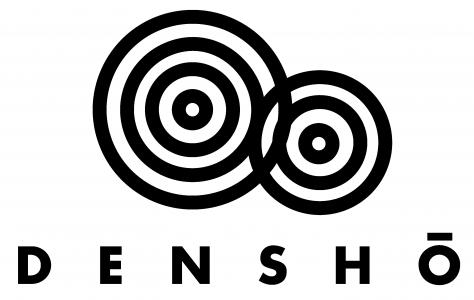Preserving Stories about the Japanese American Incarceration during World War II
- Organization Name
- Densho: The Japanese American Legacy Project
- Mission Statement
- Densho's mission is to promote awareness and critical thought about civil liberties, especially during national distress, through the preservation and examination of the Japanese American experience during World War II.
- City & State
- Seattle,
- Washington
- Question 1
- The Before: What was the challenge, issue or problem your organization was facing? Or, what was the opportunity you were not able to take advantage of before you put a technology solution in place?
- Answer: Densho needed to capture, preserve, and widely share the stories of a disappearing generation of Japanese Americans who were incarcerated during World War II. During World War II, 120,000 Japanese Americans, two thirds American citizens, were removed from their homes on the West Coast and incarcerated in ten detention facilities located in desolate inland spots in the United States. These men, women, and children were guilty of no crime, but were imprisoned behind barbed wires because of their ancestry. Densho's goals were to video-record oral history interviews of camp survivors, preserve and organize these stories for future generations, and widely share these stories across the country to bring attention to this important, shameful chapter in American history.
- Question 2
- What Microsoft software have you used/are you using in your organization to more effectively engage your beneficiaries, donors and/or volunteers and/or to make a difference in your community?
- Answer: Microsoft Office 2007 or 2010 (Includes any of the following: Access, Excel, PowerPoint, Publisher, OneNote, Outlook, and Word)
- Other: SQL Server, Visio, Visual Studio, ASP.NET
- Question 3
- The After: How have these Microsoft products allowed you to engage your stakeholders more efficiently or effectively to make a difference in your community?
- Answer: Densho created a digital strategy to collect, preserve, and display the personal stories of Japanese Americans incarcerated during World War II. It captured its materials digitally and its public space was its website. Not having a physical museum keeps costs low and allows Densho to concentrate on collecting (over 450 interviews, and 10,800 photos and documents on its website) and sharing (over 150,000 website visitors from all 50 states and 123 countries.) A wide range of Microsoft products are used to: -plan projects (Visio, Word, Excel, Outlook) -produce the interviews (Excel, Word) -process the interviews (Excel, Word, Access) -organize the interviews (SQL Server) -display materials on the web (SQL Server, ASP.NET, Visual Studio) -share materials in the classroom (Powerpoint, Word)
- Question 4
- What about these products (the features or the way you used them) made them particularly helpful in enabling your organization to expand and improve upon its community impact?
- Answer: The ability of SQL Server to organize our primary source materials was the foundation of our content strategy. SQL Server organized meta data and kept track of tens of thousands of objects. When the Japanese American community wanted more stories preserved, the database allowed easy expansion. When teachers wanted access to these materials, we used ASP.NET and Visual Studio to create user friendly websites. To design this system, we used Visio to diagram workflows and the configurations of our equipment. Word was used to create transcripts, grant proposals, reports, forms, and educational curriculum. Excel and Access was used to track progress with interview processing. Outlook was used by all staff for email. PowerPoint was used in the classroom for multimedia presentations.
- Question 5
- Please provide any examples, stories or data that illustrate the difference the use of Microsoft software has enabled you to make (i.e., # of new clients reached, new program added, increased dollars raised, increased volunteers, etc.
- Answer: By using Microsoft products we’ve created an innovative system of collecting and sharing historical materials that is recognized and appreciated by individuals and institutions. Our website usage grows every year. In 2010, we had over 150,000 visitors, including content providers who easily searched our SQL Server-powered website to find materials for wider distribution. In 2010, C-SPAN searched Densho’s website and is now broadcasting dozens of full interviews from its network and website. In 2010 a National Park Service competitive grant program awarded Densho $210,000 to add 140 more interviews to its web database, and another $166,000 to create an online encyclopedia from its web materials. In a time when heritage organizations face funding cuts, Densho grows 20% annually.
- Upload photos or other supporting works/files
- Supporting Work Web URL www.densho.org
- Special directions needed to access your work
- www.densho.org is main website. archive.densho.org is collection powered by SQL Server.
- Upload org logo or other identifying graphic


